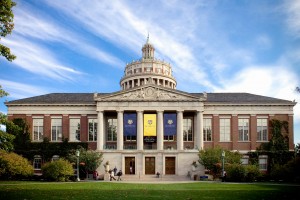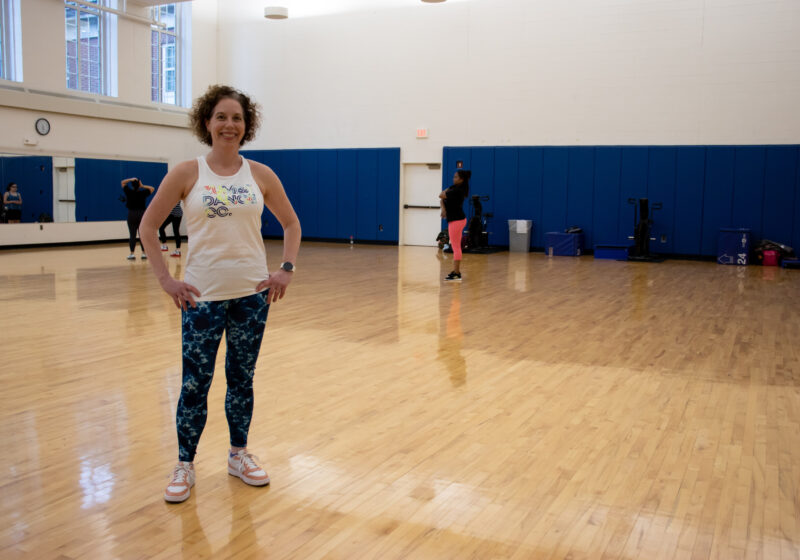Of the various buildings on UR’s River Campus, arguably none of them contribute the same level of beauty and esteem as Rush Rhees Library. Named for Benjamin Rush Rhees, president of the University from 1900–1935, the library was built in the initial 1927–1930 construction of the River Campus.
At the time it was built, the building not only housed the substantial collection of volumes UR had accrued since its opening in 1850, but also served as a monument to mark the University’s place in the annals of higher academia.
All things considered, UR undoubtedly boasts one of the better libraries in New York’s college repertoire — a resource which, in an academically rigorous institution such as UR, is invaluable to the student population and research faculty.
In a higher education institution, students frequently depend on the resources that their university provides for the aid of research. Although print books are going out of vogue in favor of electronic e-reserves and digitized articles, the possession of physical volumes is often an unofficial marker of a library’s prestige. Having over 3 million volumes, then, means that Rush Rhees Library is in no way short of that.
In addition, full-time students receive the benefits of the library’s subscriptions to various academic journal sites, where they may view most articles at no cost — a truly valuable resource when you would otherwise have to pay upwards of $50 to use or even view said materials.
With two additional libraries within the structure — Robbins Medieval Library and the Rare Books Library — as well as various offices, research studies and facility rooms, Rush Rhees Library contains much more scholastic activity than it often receives credit for.
Equally as impressive as the actual library facilities are UR’s library faculty and student resources. UR assigns a librarian to every undergraduate class to help students resolve concerns regarding choosing and finding materials. Although many schools offer librarians’ services in research, having this system of personalized care for undergraduates is an unequivocally useful resource.
Another mark of a library’s success is the fact that scholars will travel to use it. Back before the internet existed and digital exchange of information was possible, it was imperative that researchers travel to various locations to conduct proper and informed research — indeed, as early as 1875, researchers traveled from all over the world to use UR’s scholastic materials. The idea that people will do the same today, albeit to a slightly lesser degree, demonstrates Rush Rhees Library’s continued merits.
Rush Rhees is also fabulously student-friendly in terms of having comfortable and spacious rooms in which students can study. A common selling point of UR tour guides is that “any place you can study, you are allowed to eat.” There are perhaps few better pleasures in the study experience than being able to drape oneself over a couch in somewhere like the Welles-Brown Room, munching on one’s preferred snacks and studying or completing homework assignments.
It can’t be said that students don’t occasionally abuse these privileges, however. During finals week especially, the desks within the book stacks are often littered with old and rotting trash that students have left over the tables — even if a trash can is nearby and empty.
Spills are sometimes left unattended to and stain the tables, and there isn’t a single wall in the book stacks that doesn’t have at least one bit of graffiti on it. Areas around desks and seating areas are, of course, practically covered with meaningless graffiti that defaces the 80-year old, multi-million dollar structure.
During the final construction of Rush Rhees Library, people described the dome as a magnificent, nearly ethereal landmark that defined the Genesee River landscape and could be seen from miles away. Its beauty is even second to its usefulness, however, and it remains a celebrated resource to the UR student population and college community at large.
Cicoria is a member of
the class of 2012.


